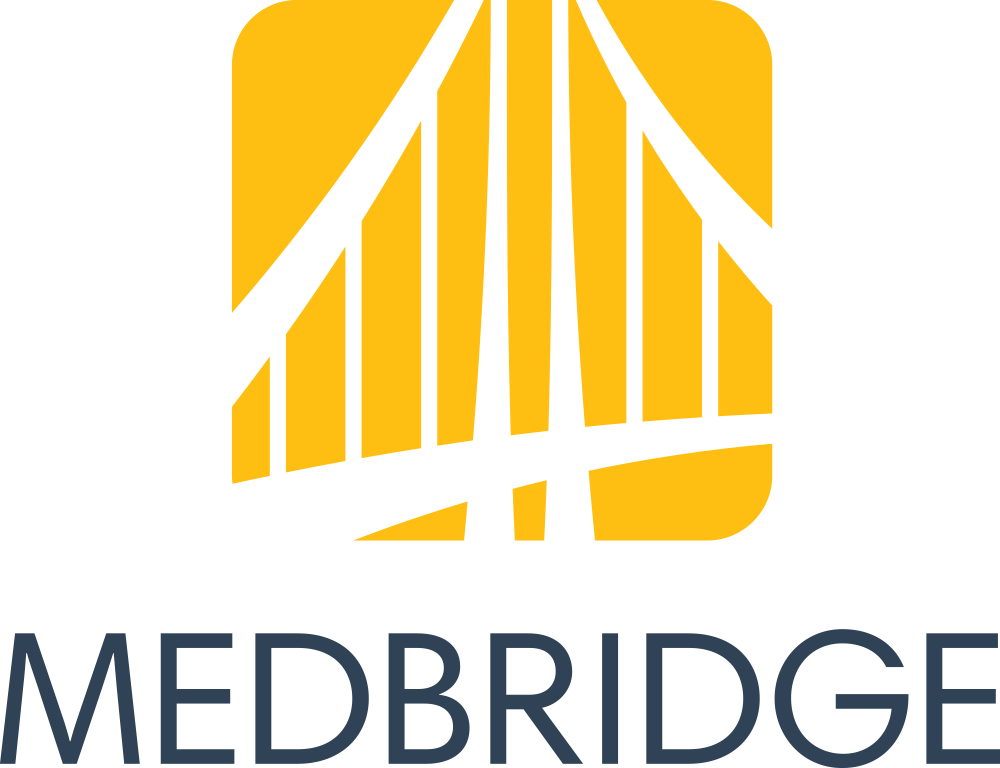You may have heard that a new version of iOS- iOS7- is available! This gives your iPad operating system a new look and feel and additional features. This new operating system is accessed (for free) in your Settings app under General>Software Update for iPad 2s and later, including the mini. I did my updates after a backup and "over the air" (i.e. through Settings), rather than connecting to iTunes via a computer, and it went smoothly, though it took about an hour, so be sure to allow that time.
You can of course delay updating for some time, and conservatively, this may be a good idea in order to allow developers time to make any necessary updates.
Here are some recommendations on steps to update.
I made a quick-and-dirty video to get this information out there, so forgive the length (there was a lot to show) and a little bit of choppy editing:
The video covers the following:
Look and Feel- the OS has a cleaner, minimalist look, with fewer references to real-world objects such as notepads, torn pages, and leather stitching (skeuomorphism). The icons reflect this, though with a wacky color palette. There are also differences in the animations and gestures used. I left out that iOS7-aligned apps now use a sweep to left to delete. MOST of your apps will behave the same way they did before the update, but look for apps to update to be aligned with iOS7. Not everyone loves the new look and feel, but it does represent steps forward in design and function. Particularly the reduction of skeuomorphism is an effort to advance users from the days of "push here" and "Hey, the app looks like a notebook." Megan Sutton and I were discussing iOS7 and noted that clients and students may need additional training to remember what to do with their fingers, particularly those with language and memory impairments!
Folders- the amount of apps you can now place in a folder is unlimited, rather than 20 only, so you can combine your categories that have multiple folders of apps.
Spotlight- the app searching feature is now available by sweeping down from about the center of any home page, so you can find apps when you need to, faster.
Control Center- many features can be turned on or off by sweeping up from the bottom of the screen, rather than going into Settings. The video shows how to turn off Control Center within apps so that students do not become confused by activating it within an app.
Multitasking Bar- now provides preview cards of what each app screen currently looks like, and apps are force-quit by a sweep up in the Multitasking Bar. Fun!
Safari- the web browser has been redesigned so that you can search and enter web addresses from the same unified bar, and Shared Links can be viewed if you sign into Twitter in your Settings app.
Siri- for 3rd gen iPads and above, Siri has improved voices including a guy!
Updates- app updates can now be run automatically, but I recommend keeping these manual (in Settings> iTunes and App Store) so you know what the new features are and can pick and choose.
Parallax- kind of a throwaway feature, the apps on your home screens now have a 3D feel when you move your iPad around. This can be turned off if causing students to stim or for those with visual impairments (under Accessibility>Reduce Motion).
Accessibility- see Interactive Accessibility and Luis Perez' YouTube channel for information on new switch access.
For the sake of time, I did not cover the new Camera interface or editing features for photos (filters!) but do check these out.
For more technical notes on iOS7 and education, including the AirDrop file-sharing feature handy for collecting student work in a classroom, click here.
Happy updating!
Subscribe to:
Post Comments (Atom)





No comments:
Post a Comment